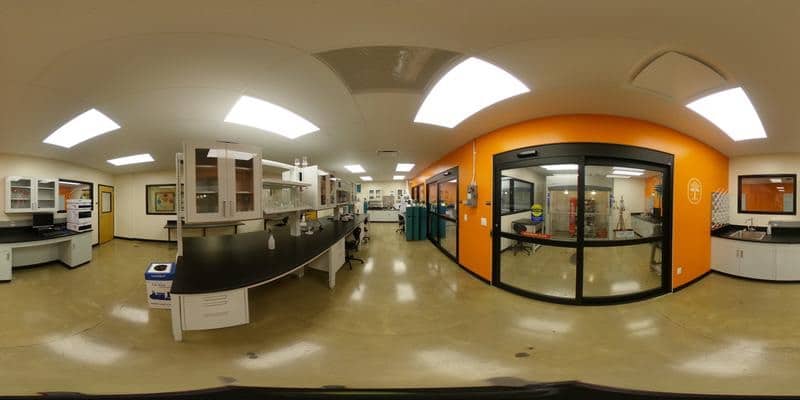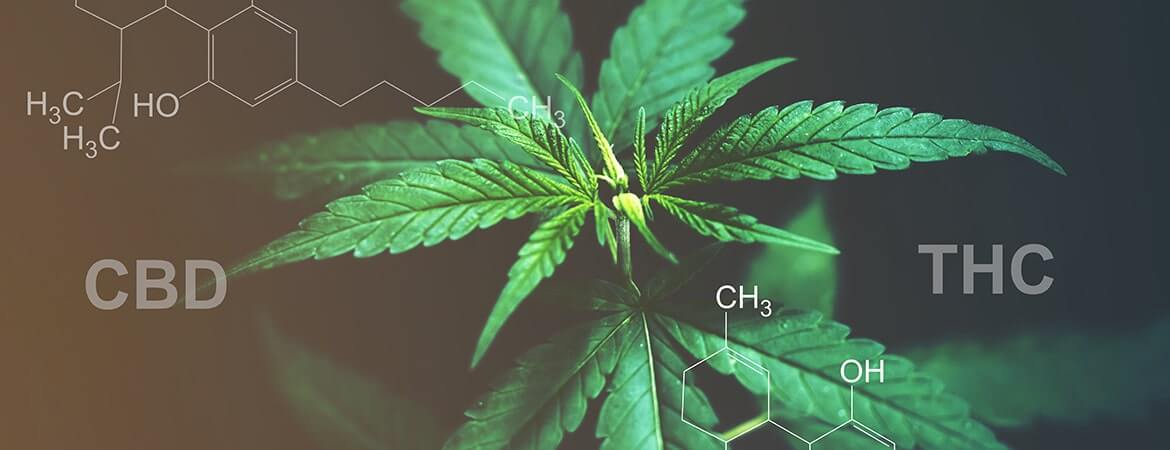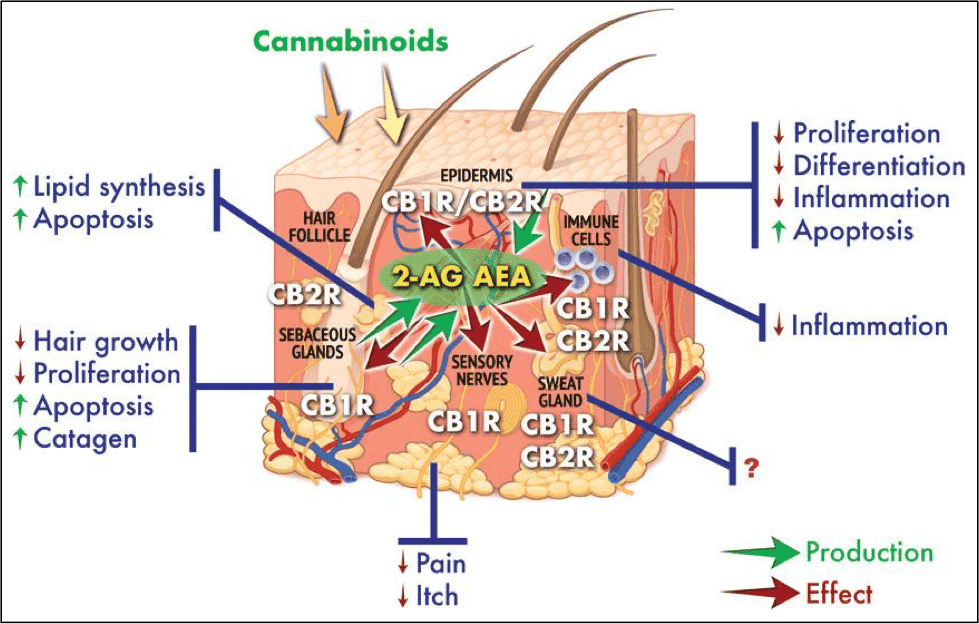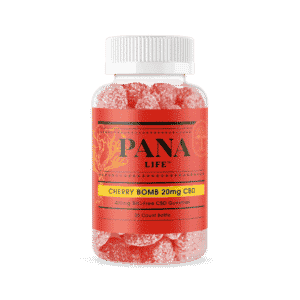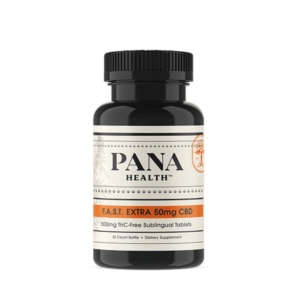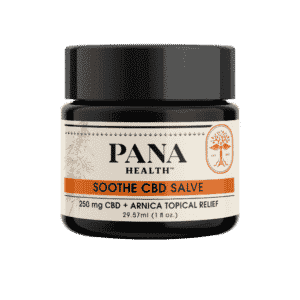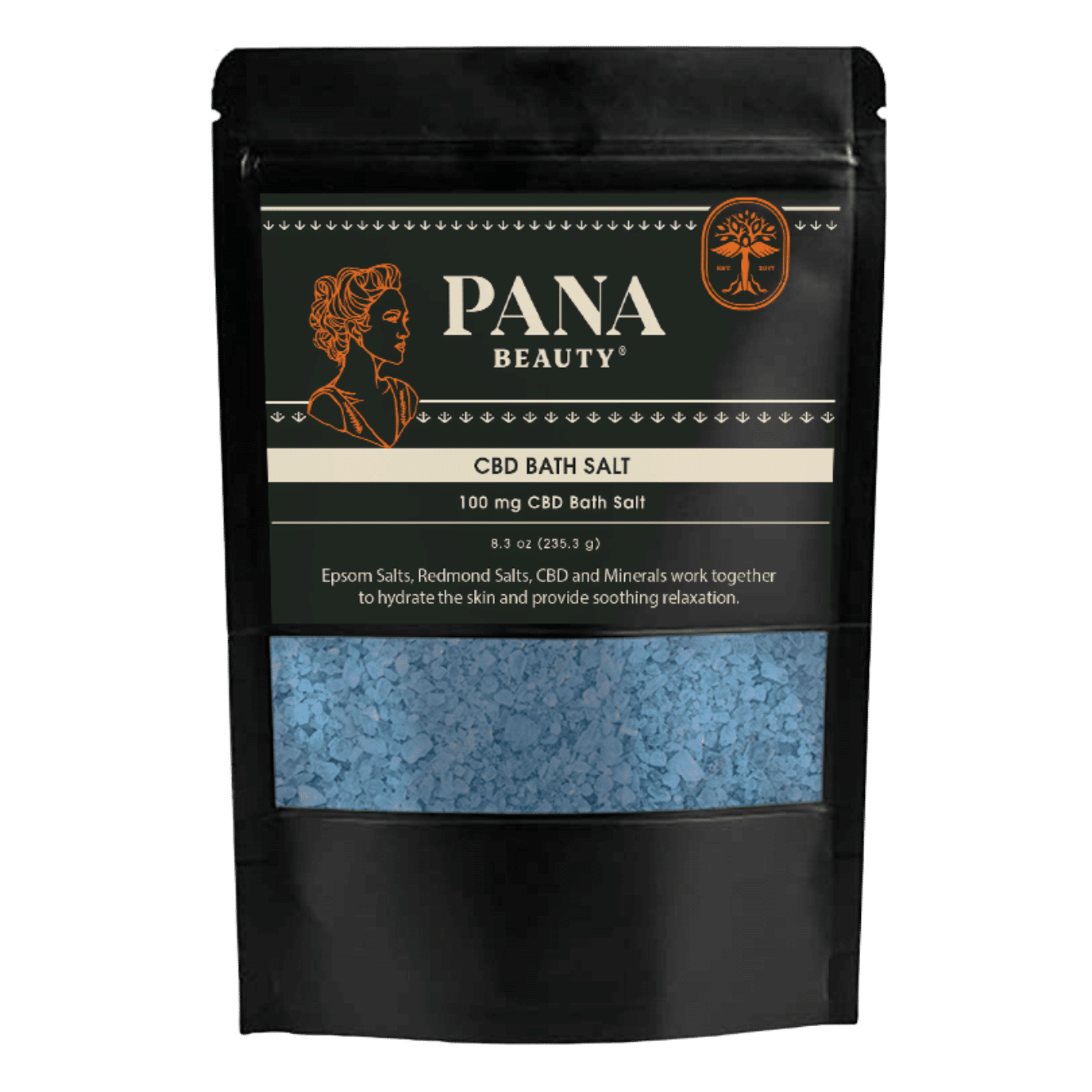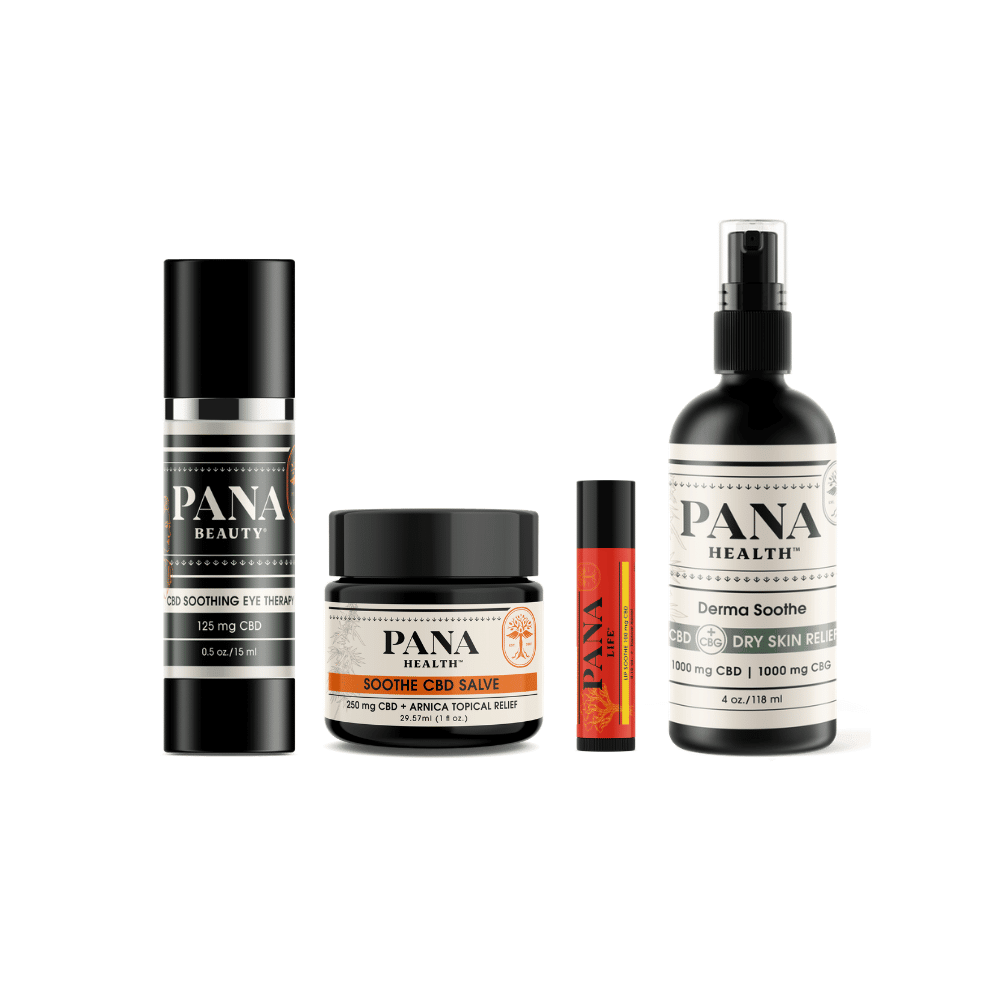CBD Legal History in the US: The Misunderstood Medicine
Humans have been using cannabidiol, otherwise known as CBD, for thousands of years.
The oldest documented use of cannabis dates back to 2737 BC when Sheng Nung, the Chinese Emperor at the time, drank cannabis-infused tea to help treat a variety of illnesses from malaria, rheumatoid arthritis, memory, and gout.
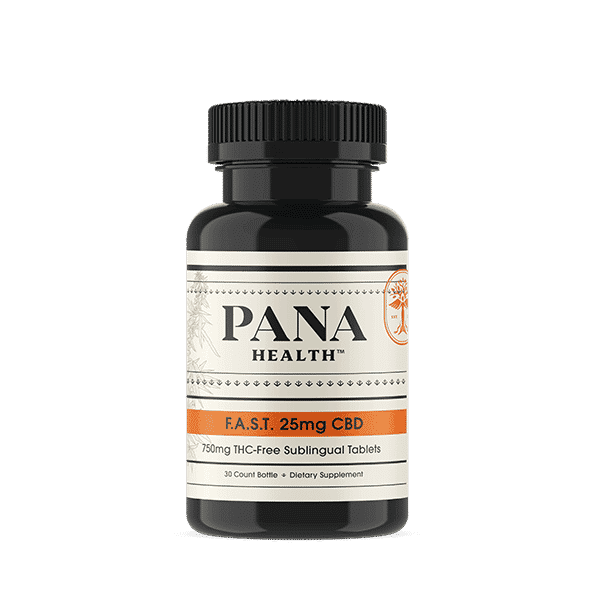
There is some evidence that several ancient cultures understood the psychoactive component of cannabis. Burned cannabis seeds have been discovered in ancient grave sites of Chinese and Siberian shamans dating back to 500 BC. They may have used cannabis and cultivated it to increased levels of THC to be used in healing practices or religious ceremonies.
However, for much of history, most cultures haven’t used cannabis primarily for psychoactive use, but as herbal medicine and a textile. Ancient cannabis plants had very minimal levels of tetrahydrocannabinol (THC), the psychoactive chemical compound responsible for cannabis’ mind-altering ‘high’ effects.
Hemp, a variety of the cannabis plant, was once commonly used in Central America to make paper, clothing, rope, sails, and the seeds were eaten as food.

-
Sale!
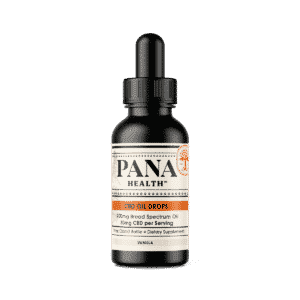
CBD Oil Drops (Broad Spectrum)
$19.95From: $11.97 Select options This product has multiple variants. The options may be chosen on the product page -
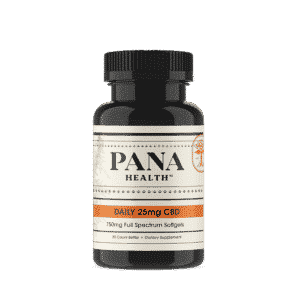
DAILY Full Spectrum CBD Softgels
From: $23.95 Select options This product has multiple variants. The options may be chosen on the product page -
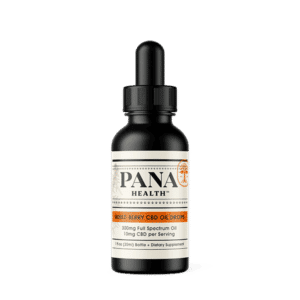
CBD Oil Drops (Full Spectrum)
From: $17.45 Select options This product has multiple variants. The options may be chosen on the product page
As it was brought into America, it was initially another textile. Soon enough, it was deemed illegal, but after over a hundred years of medical research, studies, and testing, it was decriminalized. Fast-forward to 2020 and CBD is one of the fastest-growing medical aids in America.
In this article, we’ll take you back in time through the CBD’s legal history in America. We’ll also show you how it works, how it affects a drug test, and even what the future of CBD will look like in the US.
CBD Legal History in the US
The 1600s: Cannabis in Colonial America
CBD legal history in the US began with the early colonists who cultivated cannabis for different textiles and rope. Because hemp can grow very fast and has a variety of uses, it was grown throughout colonial America. In the early 17th century, the Connecticut, Massachusetts, and Virginia colonies required their farmers to grow hemp.
The 1800s: Early CBD Medical Research
Fast-forward nearly 200 years, and cannabis was finally brought forward to the medical community. In 1839, Irish medical researcher and physician, Dr. William B. O’Shaughnessy, published a medical study that investigated cannabis’ therapeutic benefits. O’Shaughnessy observed the underlying effects of cannabis, describing its possible medical applications, specifically as an anesthetic.
However, the study was taken aback by the medical community as quite controversial. Nevertheless, the Irish researcher opened the door to the discovery of chemical compounds that would be referred to as cannabinoids in the near future.
In the 19th century, a Canadian physician named William Osler, commonly referred to as “The Father of Modern Medicine,” published a medical journal exploring the benefits of cannabis.
As one of the four founding professors of Johns Hopkins Hospital, Osler believed cannabis offered an effective treatment of migraines. In the journal, he stated that migraines could be treated with coffee, cannabis, chloroform, antipyrin, antifebrine, caffeine citrate, phenacetin, nux vomica, and ergot. What’s most interesting is that he stated cannabis was the most satisfactory of them all in treating migraines.
Soon enough, cannabis was being used to aid a variety of ailments. It is believed that Queen Victoria had used CBD to relieve menstrual cramps until her reign as queen ended in 1901.
1900 – 1931: Cannabis Outlawed in 29 States
Throughout early US history, cannabis has served as a beneficial medical aid. However, despite the advancements in medical discoveries, it still wasn’t recognized by most of the medical community at the turn of the century as it lacked scientific evidence.
Things took a step backward for medical cannabis use in the early 1900s. Racial and political factors led to the criminalization of cannabis in the US. Before the 1900s, cannabis wasn’t used for recreational purposes, but only for textile and medical use. However, during the turbulent Mexican Revolution, thousands of immigrants from Mexico came to the US, introducing recreational cannabis to the American culture.
After the Roaring Twenties, social unrest was at large. The stock market crashed, widespread unemployment resulted, and the Great Depression brought on American resentment of immigrants from Mexico, and the American public began to fear “the evil weed.” Because of these factors, and due to the Prohibition era’s view of intoxicants, cannabis was outlawed in 29 states by 1931.
1937: The Marijuana Tax Act
In 1937, the Marijuana Tax Act was passed by the US government, representing the country’s first step toward taxing and regulating the production of cannabis and hemp for both medicinal and industrial purposes. This was the first official US federal law that criminalized cannabis in America. The Marijuana Tax Act criminalized all uses of cannabis except for industrial use, and even then, it was excessively taxed on the sale, ownership, or distribution of all cannabis.
On October 2, 1937, one day after the Act was passed, the first American was arrested for breaking the law. Samuel Caldwell, a 58-year-old farmer from Colorado, became the first person prosecuted under the new law for selling cannabis and was sentenced to four years of hard labor.
As a result of the 1937 Act, research into the medicinal benefits of cannabis came close to a full stop for decades in America.
1940: CBD Discovered
Despite the near halt in medicinal cannabis research after the 1937 Act, one chemist across the Atlantic Ocean was working away in his lab on the brink of discovery. Nearly 100 years after Irish physician O’Shaughnessy published his first study, British chemist Robert S. Cahn’s medical studies revealed the presence of chemical compounds within the cannabis plant. He made the first discovery of an individual cannabinoid when he reported the one part of the structure of Cannabinol (CBN). In 1940, he identified this compound as fully formed cannabinol.
That same year, after Cahn’s discovery in Britain, an American chemist named Roger Adams made another discovery at the University of Illinois. Adams successfully isolated the first cannabinoid called Cannabidiol, otherwise known as CBD. He later discovered tetrahydrocannabinol (THC). However, CBD and THCs structures weren’t fully understood until the 1960s.
1964: CBD & THC Finally Understood
Throughout the beginning stages of cannabis research, physicians and scientists had limited understandings of the cannabinoid structure and biological composition. Due to this, medical researchers couldn’t figure out which compound was causing the ‘high effect.’
It was in 1963 that Israeli chemist, Dr. Raphael Mechoulam, discovered successfully understanding the effects of individual cannabinoids. He was finally able to identify the full stereochemistry of CBD.
One year later, in 1964, Dr. Mechoulam discovered the stereochemistry of THC. It was this discovery that revealed the different effects between the two cannabinoids CBD and THC. Mechoulam found that THC was the cannabinoid responsible for causing the mind-altering ‘high’ effect, not CBD.
1970: The Controlled Substances Act
In 1970, President Richard Nixon repealed the Marijuana Tax Act. However, it wasn’t a step forward for medicinal cannabis. The Controlled Substances Act of 1970 was signed into effect as a part of the “War on Drugs.” Cannabis was officially listed as a Schedule 1 drug with a high potential for drug abuse and no medical uses—alongside heroin, LSD, and ecstasy.
It was then identified as a “gateway drug” in anti-drug programs like Drug Abuse Resistance Education (D.A.R.E).
In 1972, Despite the US government’s intensified laws and warnings, the National Commission on Marijuana and Drug Abuse, otherwise known as the Shafer Commission, published a report called “Marijuana: A Signal of Misunderstanding.” This report recommended a “partial prohibition” and suggested there should be lower penalties for a small amount of marijuana possession. However, President Nixon and other government officials ignored the Shafer Commission’s findings.
1978: Controlled Substances Therapeutic Research Act
Even though the US government continued to demonize cannabis, medical cannabis research continued to advance in America. In 1978, the state of New Mexico passed the Controlled Substances Therapeutic Research Act, the first US bill that legally recognized the medicinal benefits of cannabis.
This bill sparked a new shift in momentum for medical cannabis research in the 1980s.
1980: CBD’s First Major Medical Breakthrough
The Israeli chemist, Dr. Raphael Mechoulam, who made the breakthrough discovery in the 60s about THC and CBD, continued his research with CBD. In 1980, Dr. Mechoulam conducted a study on the application of CBD for the treatment of epilepsy. Mechoulam and his team administered a daily dose of 300 mg of CBD to 8 participants. In 4 months of treatment, many participants saw a decrease in their seizures. What was even more incredible was that half of the participants stopped having seizures altogether.
This was the first major medical breakthrough for cannabis in the 20th century that had the potential to impact the lives of over 50 million epilepsy sufferers worldwide. Unfortunately, Dr. Mechoulam’s discovery wasn’t publicized as a medical breakthrough because of the negative stigmas directed towards cannabis at this time.
But, the research of Dr. Mechoulam and other early-stage cannabis pioneers wouldn’t be in vain. Just a few years later, another medical breakthrough would occur, leading to an explosion of public interest in cannabis across the United States.
1988-1995: The Endocannabinoid System Discovered
Less than ten years after Dr. Mechoulam’s breakthrough discovery regarding cannabis and how it aids epilepsy patients, another fascinating development took place.
In 1988, a team of scientists at the Department of Pharmacology at St. Louis University Medical School discovered the first cannabinoid receptor in the brain of a rat. The team found that these receptors interacted explicitly with the cannabis compound, THC. Even more surprising, they learned that these receptors were found concentrated in parts of the brain that controlled physiological and mental processes (emotion, memory, cognition, motor coordination).
Just five years later, in 1993, another cannabinoid receptor was discovered. This receptor was found throughout the entire immune system and tissues of the body. At this point, researchers were beginning to realize they were onto something huge.
In 1995, researchers discovered that these two receptors, now called CB1 and CB2 receptors weren’t just found in rats. They found these same receptors in thousands of other species, including humans.
Advancements in technology allowed researchers to investigate further the relationship between these CB1 and CB2 receptors in our bodies (now referred to as “Endocannabinoid Receptors”) and cannabis compounds such as THC and CBD (now referred to as “Phytocannabinoids”).
They called this relationship (or system) the Endocannabinoid System (ECS). The discovery of the Endocannabinoid System was a breakthrough since it revealed one enlightening fact: the human body was designed to interact with cannabinoids. This discovery led to exponential growth in medical cannabis research, which resulted in the American public looking to cannabis for medical aid.
1996: The Compassionate Use Act Legalizes Cannabis in California
In 1996, California passed the Compassionate Use Act, becoming the first US state to legalize Cannabis for medical use by people who suffered from chronic or severe illnesses. Also, 29 states, including Washington, D.C., and the US territories of Puerto Rico and Guam, allow the legal use of cannabis for limited medicinal purposes.
In just a few years, seven other states followed California’s cannabis legalization:
• 1998: Washington, Oregon, Alaska
• 1999: Maine
• 2000: Nevada, Hawaii, Colorado
With the legalization of medical cannabis, those with medical conditions could legally access cannabis in those states, leading to even further medical research. Soon, CBD was being used to aid in a number of ailments:
• Epilepsy
• Pain and inflammation
• Parkinson’s Disease
• Alzheimer’s Disease
• Huntington’s Disease
• Tourette’s Syndrome
• Anxiety
• Sleep Disorders
While millions of Americans were finally able to receive the many medical benefits of CBD, the vast majority of the American public still didn’t fully understand the distinction between the non-psychoactive, isolated CBD and mind-altering, THC-rich marijuana. There was always a significant stigma about the “gateway drug” for years.
2012-Present: Recreational Cannabis Legalization
Washington and Colorado became the first states to legalize recreational cannabis use. This means that those who suffered from medical conditions no longer had to jump through medical loopholes, other barriers, including frequent doctor visits and documentation to obtain their medicinal CBD.
As of January 2020, 11 different states and Washington, D.C. have legalized marijuana for recreational use:
• 2012: Colorado, Washington
• 2014: Alaska, Oregon
• 2016: California, Nevada, Massachusetts, Maine
• 2018: Vermont, Michigan
• 2019: Illinois
An additional 22 states have legalized cannabis for medical use. There are still 39 states that have yet to legalize cannabis for recreational use. You can view a map of the states in which cannabis is recreationally or medically legal at Business Insider.
How CBD Works
Medical research has revealed that when CBD binds with the CB1 and CB2 receptors in our bodies through the Endocannabinoid System, it improves the CB1 and CB2 receptors’ functionality. By binding to our body’s CB receptors, CBD helps in maintaining a variety of health functions, aiding in the restoration, or balance (homeostasis), within our body. In other words, when CBD bonds with our bodies, it powers up our Endocannabinoid System, restoring our body’s balance, leading to a variety of health benefits.
How CBD Impacts a Drug Test
Cannabidiol, or CBD, shouldn’t ever show up on a drug test. However, some CBD products can contain small amounts of THC, and if enough THC is present in the product, it may show up on a drug test.
Full-Spectrum CBD
Full-Spectrum CBD contains all the extracted compounds in the cannabis plant, though in a higher concentration. This means it contains CBD along with flavonoids, terpenes, and other cannabinoids like THC. The amount of THC in Full-Spectrum CBD can vary, which may affect a drug test.
Broad-Spectrum CBD
Much like Full-Spectrum CBD, Broad-Spectrum CBD contains the additional compounds found in cannabis like flavonoids, terpenes, and other cannabinoids. The difference is that Broad-Spectrum CBD doesn’t contain THC, so users will show a negative result for THC on a drug test.
CBD Isolate
When further purification is done by removing the additional compounds in cannabis, including THC, flavonoids, terpenes, and other cannabinoids, what remains is pure CBD, otherwise known as CBD Isolate. It’s typically graded as >99% cannabidiol. Since it doesn’t contain any THC, a user will pass a drug test (negative for THC).
It’s crucial if you’re looking for any type of CBD, but especially Broad-Spectrum CBD or CBD Isolate that you check the label before you purchase, and always choose a trusted brand with an absence of THC if desired.
CBD’s Legal Future in the US
Despite the advancements in medical research and the millions of Americans who are receiving medical assistance from CBD, Marijuana is still technically illegal under US federal law. Hemp, or varieties of Cannabis Sativa L., that produce less than 0.3% THC became legal throughout the US from executive approval of The Agriculture Improvement Act of 2018, commonly referred to as the Farm Bill 2018. Cannabis with higher THC than Hemp remains a subject of controversy in the US and around the globe.
The stigmas regarding Cannabis have drastically shifted over the past 30 years. The Farm Bill has been a significant milestone, but there’s still a long way to go. However, despite the long road ahead, the legal progress that’s taken place in the past ten years has made it possible for the majority of Americans suffering from various conditions to begin seeking relief by using CBD.
More than half of the states in the US have either legalized medical or recreational Marijuana since 1996. Plus, according to Market Watch, the CBD market is expected to reach a valuation of $22 billion by 2022, proving that millions of Americans who were once opposed to CBD are now turning to it for its therapeutic properties and medical relief.

